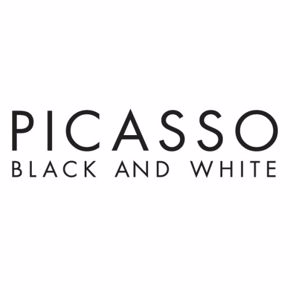Line, Redrawn April 9, 2013
“I am proceeding very slowly, I do not want to spoil the initial freshness of my work. . . . If I could, I would leave it as is, even if it means to start all over and to take it to a further stage on a different canvas.” —Pablo Picasso
In several of the paintings in Picasso Black and White, Picasso characteristically leaves visible traces of earlier sketches on his canvas. The visible underdrawing and erasures are known as pentimenti.
Since the exhibition opened in February, I’ve been asked the following questions by artists and non-artists: “Why did Picasso abandon the canvas before it was finished? Did he have a short attention span? Why do some works appear more ‘finished’ than the others?”
Unlike academic artists, who conceal preliminary sketches, Picasso wanted to expose the metamorphosis of a picture through these early, spontaneous marks. In a conversation with Brassaï, the Hungarian photographer who spent the early portion of the 1940s photographing Picasso’s work, Brassaï recalls that Picasso even asked Françoise Gilot—Picasso’s companion in 1946—to copy his canvas so that he could continue working on the painting without the risk of spoiling the initial image. Picasso was concerned with capturing every step of his process and preserving the creative epiphany he experienced when he put brush to canvas.
Picasso painted in the spirit of playful experimentation. The moments when he chooses to paint over a line or fill in the background with white patches, and even the times when he leaves the canvas blank, illustrate his sense of space and composition. When you visit the exhibition, pay close attention to The Charnel House, The Kitchen, The Milliner’s Workshop, and Sleeping Woman, all of which show different forms of white overdrawing and pentimento.
Picasso wanted to reveal his artistic process to all. Though it is interesting to note that an x-ray photograph revealed an entirely new painting underneath Woman Ironing in 1989, such an example is not the same as Picasso intentionally exposing his process. The newfound image was a serendipitous discovery, made by curious art historians and conservators who led the investigation.






